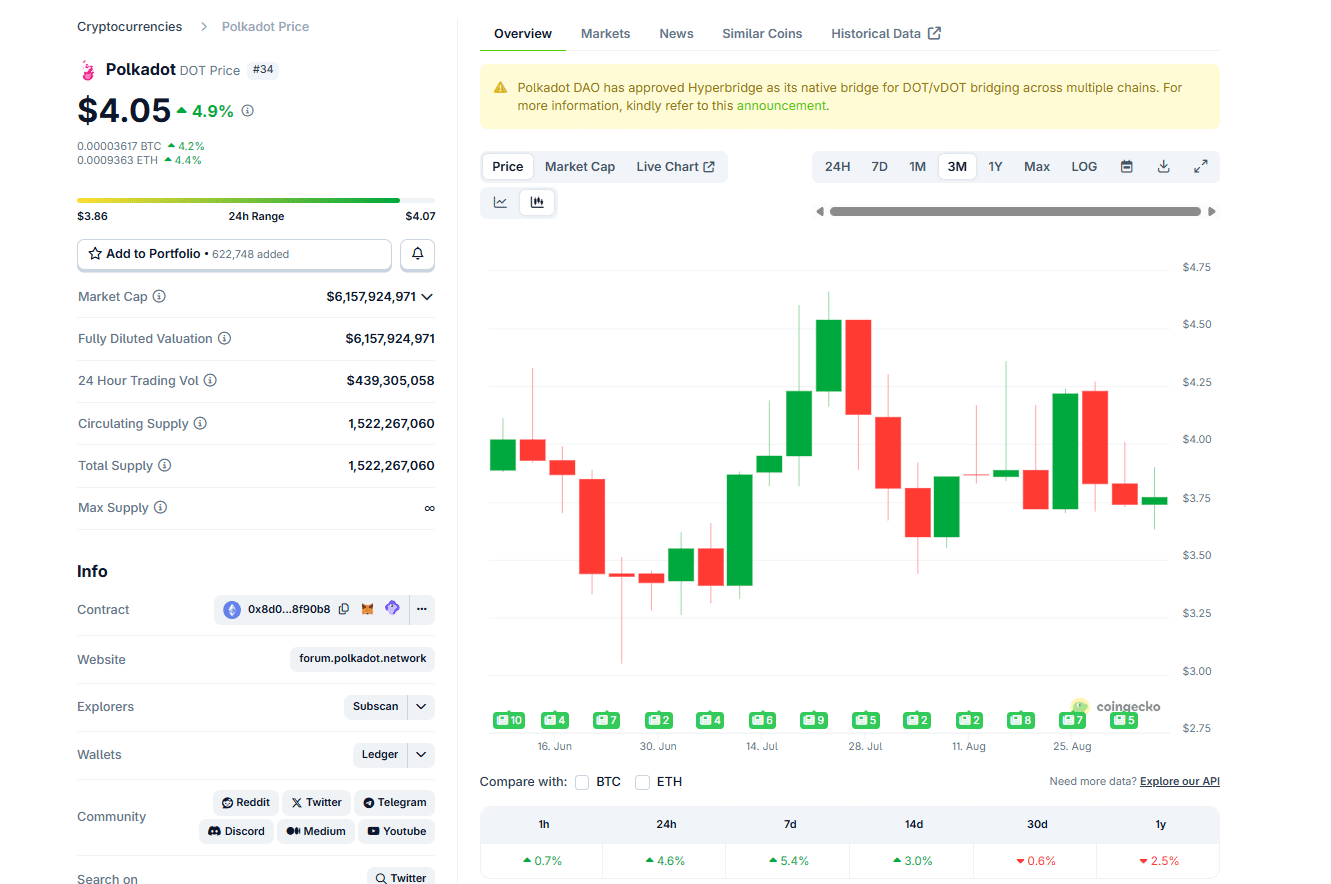How To Overcome Predictive AI’s Everyday Failure
The post How To Overcome Predictive AI’s Everyday Failure appeared on BitcoinEthereumNews.com. Stakeholder skepticism about machine learning often rings true: If the data scientist hasn’t measured the potential value, then how could the project be pursuing value? Eric Siegel Executives know the importance of predictive AI. As Unilever CDO Morgan Vawter wrote, “Its practical deployment represents the forefront of human progress: improving operations with science.” But there’s bad news for data scientists: Your predictive AI project will probably fail. Your customer probably won’t operationalize the machine learning model you deliver. They won’t use it, act on it or integrate it. Sadly, most models developed for deployment wind up on the shelf. But you probably already knew that. A plethora of industry research and anecdotal wisdom has let that cat out of the bag. And yet what most data professionals haven’t come to understand is the true reason why. After all, shouldn’t a great model be a sure bet to deploy? No. It won’t deploy because you haven’t closed the sale. When you deliver a model, you haven’t necessarily finished selling, no matter how much of a done deal it may seem to be. Until your model actually deploys, you must continue to actively sell it to stakeholders – in compelling, concrete business terms like improved profit – even if they’ve already agreed, signed and paid. Standard AI Metrics Don’t Launch Models Standard technical metrics are “fundamentally useless to and disconnected from business stakeholders.” Katie Malone, Harvard Data Science Review “The most important metric for your model’s performance is the business metric that it is supposed to influence.” Wafiq Syed, data product manager, Walmart “Don’t show a confusion matrix to executives!” Data Scientist Henry Castellanos “Nothing flies without KPIs.” AI thought leader Lasse Rindom Only a concrete projection of value compels a business. Your customer and other decision makers may well have been…

The post How To Overcome Predictive AI’s Everyday Failure appeared on BitcoinEthereumNews.com.
Stakeholder skepticism about machine learning often rings true: If the data scientist hasn’t measured the potential value, then how could the project be pursuing value? Eric Siegel Executives know the importance of predictive AI. As Unilever CDO Morgan Vawter wrote, “Its practical deployment represents the forefront of human progress: improving operations with science.” But there’s bad news for data scientists: Your predictive AI project will probably fail. Your customer probably won’t operationalize the machine learning model you deliver. They won’t use it, act on it or integrate it. Sadly, most models developed for deployment wind up on the shelf. But you probably already knew that. A plethora of industry research and anecdotal wisdom has let that cat out of the bag. And yet what most data professionals haven’t come to understand is the true reason why. After all, shouldn’t a great model be a sure bet to deploy? No. It won’t deploy because you haven’t closed the sale. When you deliver a model, you haven’t necessarily finished selling, no matter how much of a done deal it may seem to be. Until your model actually deploys, you must continue to actively sell it to stakeholders – in compelling, concrete business terms like improved profit – even if they’ve already agreed, signed and paid. Standard AI Metrics Don’t Launch Models Standard technical metrics are “fundamentally useless to and disconnected from business stakeholders.” Katie Malone, Harvard Data Science Review “The most important metric for your model’s performance is the business metric that it is supposed to influence.” Wafiq Syed, data product manager, Walmart “Don’t show a confusion matrix to executives!” Data Scientist Henry Castellanos “Nothing flies without KPIs.” AI thought leader Lasse Rindom Only a concrete projection of value compels a business. Your customer and other decision makers may well have been…
What's Your Reaction?







































